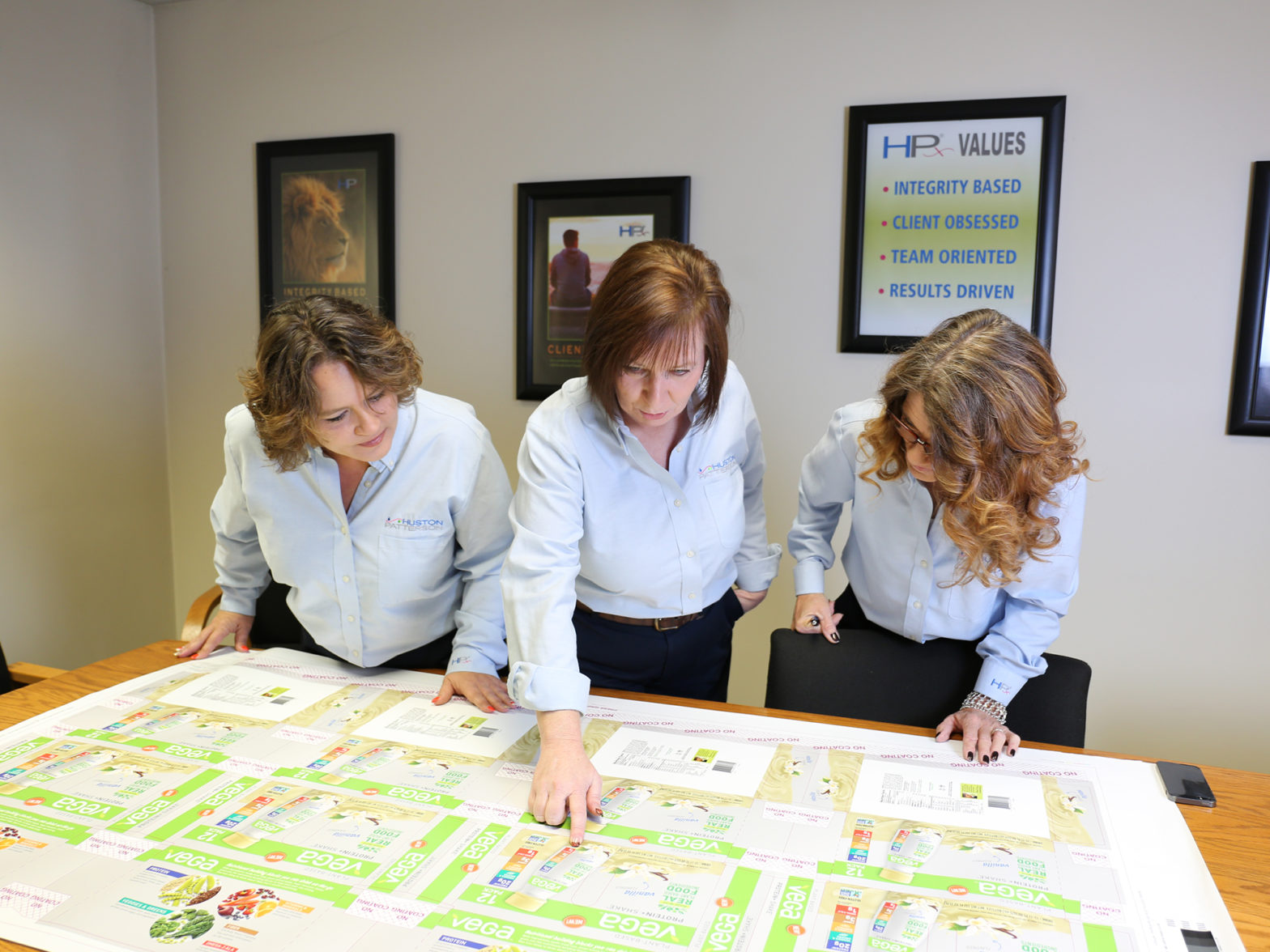Anyone who has been involved in creation, manipulation, or preparation of print files for packaging and/or displays has probably learned the hard way that, when you least expect it, crazy, unexplainable things happen to files. Anytime a file is opened to make necessary changes or to prep the file for printing it opens the possibility of unwanted changes being unknowingly applied to the file and many times these unwanted changes are very difficult to identify with the human eye. It could be as simple as a logo moving slightly, minor artwork dropping off a panel or some element being covered completely by another layer of the file. Unfortunately, the way the human mind works, when reviewing the changes made to the file, we focus on what we were actually intended to change to make sure it was done correctly but it is hard to notice other slight changes that may have accidentally occurred that could be critical for the packaging that is being created. Oversights like this do happen and its critical to catch any mistakes before they become costly, waste materials, and wreck a schedule for production.
Years ago, Huston Patterson invested in technology known as GlobalVision. This is a software program coupled with a physical sheet scanner that allows us to compare a working file to a master file at any point in our process. By the time a file makes it to our printing facility it is generally at the point that the end client desires for production of their packaging. However, sometimes these files are about 95% ready to go and require some minor changes to be made by HP’s Pre-Press department. Either way, we (as the printer) must open these files to make any needed changes that the client is requesting as well as make sure the file is plate/press ready. To ensure that no unwanted changes are introduced to the file while we are making the required changes and preparations, we utilize the Global Vision software to compare the prepped file back to the master file that we received initially. The software then highlights any changes it finds between the two files so that we can ensure that the elements that have changed were intended. After we have the file prepared and confirmed that only the wanted changes were made to the file, we now can send proofing out to the client for final approval from their team.
Once approved we are cleared to make printing plates and move to press with the final file. As we begin running the job, we take the time to do one more quality check with the scanner that works in conjunction with GlobalVision software. Up until this point we have been using software to compare digital file to digital file, but when we start printing the job, we scan a press sheet, and that physical scan then gets compared back to the digital, approved master file one last time before we engage in full production of the order.
In manufacturing, human error is a constant risk and it’s understandable that mistakes can sneak through. However, there is no room or time for error and the ramifications of a print job being rejected due to an anomaly that occurred while working with the file are disastrous and can cost a great deal of money, time, and in extreme cases, even strain business relationships. The GlobalVision technology is used every day at Huston Patterson and is a key tool for us in accurately producing tops sheets and litho labels for the packaging industry.
For more tips from me, Lee Tirey, and the Real People of HP, explore our additional blogs and videos, or contact us directly at Huston Patterson.

